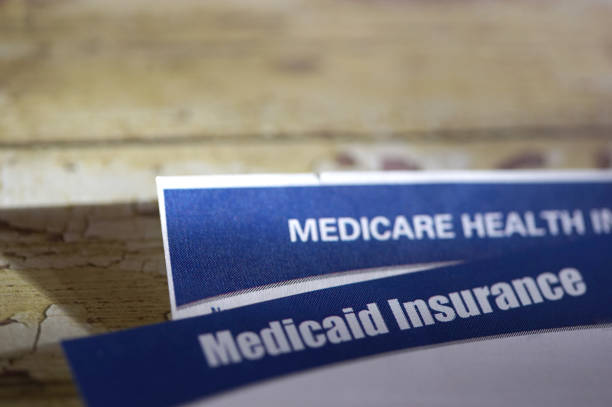The Evolving Coverage and Reimbursement Landscape of Remote Patient Monitoring
Remote Patient Monitoring (RPM) has emerged as a crucial component of modern healthcare, offering benefits to both patients and providers. As the healthcare industry recognizes its value, coverage and reimbursement for RPM services have been expanding rapidly across the United States.

Widespread Medicaid Coverage
One of the most significant developments in RPM adoption is its increasing coverage under Medicaid programs. As of September 2023, 34 states have adopted Medicaid coverage for remote patient monitoring, according to the Center for Connected Health Policy. This widespread acceptance by state Medicaid programs signifies a growing recognition of RPM’s potential to improve patient outcomes while potentially reducing healthcare costs.
The adoption of RPM coverage by two-thirds of U.S. states represents a major shift in healthcare delivery models. It indicates that policymakers and healthcare administrators are increasingly viewing RPM as an essential tool in managing patient health, particularly for those with chronic conditions who may face barriers to frequent in-person visits.
Substantial Medicare Reimbursement Potential
For healthcare providers, the financial incentives for implementing RPM programs are becoming increasingly attractive. According to data from Prevounce, each Medicare beneficiary can generate reimbursement of more than $1,000 over a 12-month period by receiving just 20 minutes of remote patient monitoring per month.
This level of reimbursement presents a significant opportunity for healthcare practices to:
- Enhance patient care through regular monitoring
- Improve practice revenue
- Potentially reduce the need for costly in-person visits or hospitalizations
To put this into perspective, a practice with 100 Medicare patients enrolled in an RPM program could potentially generate over $100,000 in additional annual revenue. This financial incentive, coupled with the clinical benefits of RPM, makes it an attractive option for many healthcare providers.
Implications for Healthcare Delivery
The combination of expanding Medicaid coverage and substantial Medicare reimbursement potential is likely to drive further adoption of RPM across the healthcare industry. This trend has four important implications:
1. Increased Access to Care: RPM can help bridge the gap for patients in rural or underserved areas, providing them with regular monitoring and care that might otherwise be difficult to access.
2. Better Management of Chronic Conditions: With regular monitoring, healthcare providers can catch potential issues early and adjust treatment plans proactively.
3. Cost Savings: By potentially reducing hospital readmissions and emergency room visits, RPM could lead to significant cost savings for the healthcare system as a whole.
4. Shift in Care Delivery Models: As RPM becomes more prevalent, we may see a shift towards more home-based and preventive care models.
In conclusion, the current statistics on RPM coverage and reimbursement paint a picture of a healthcare industry in transition. With growing Medicaid coverage across states and attractive Medicare reimbursement rates, RPM is poised to play an increasingly important role in healthcare delivery. As this trend continues, we can expect to see further innovations in RPM technology and care delivery models, ultimately leading to improved patient outcomes and more efficient healthcare systems.
References
- Prevounce. (2024). 27 Remote Patient Monitoring Statistics Every Practice Should Know. Retrieved from https://blog.prevounce.com/27-remote-patient-monitoring-statistics-every-practice-should-know
- Center for Connected Health Policy. (2024). Remote Patient Monitoring. Retrieved from https://www.cchpca.org/topic/remote-patient-monitoring/
